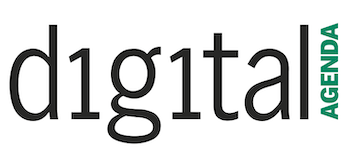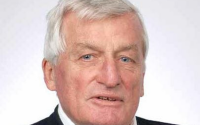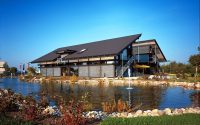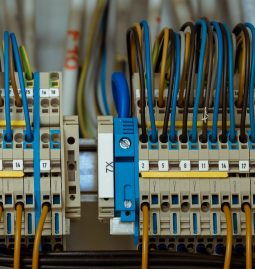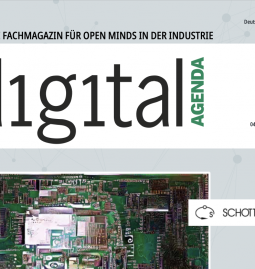An unusual event concept made the automotive CAE Grand Challenge sustainably successful: Preview of this year’s vital dialogue platform on current challenges and answers in the area of simulation and verification in car development.
Successful events connect people. They bridge the gap between organizers like carhs GmbH (Hanau, Germany) and a group of like-minded people, the participants. You have to be really good at getting the target group of the automotive CAE Grand Challenge – all proven experts in the field of calculation and simulation in car development – excited about the topics. Dr. Dirk Ulrich and carhs GmbH have been achieving this masterpiece for many years. How? There is something very special behind the automotive CAE Grand Challenge: It is the only event in which participants give their likes on the proposed conference contributions in advance through an internet vote. And if you can get a topic right, it will be included in the program.
The automotive CAE Grand Challenge outlines problems to which speakers from research and software development respond with suggested solutions. This year the highlights include:
• Hybrid twins based on simulations and component testing
• Human models for occupant protection, including accident scenarios in autonomous driving
• Material and failure models for cast metals, especially Giga-Castings
• Operational stability of battery packs, their housings and support structures
• Coupled electro/thermal/chemical/fluid analysis of batteries.
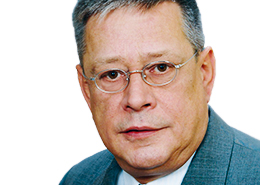
Dr. Ulrich (our picture), conference organizer and manager sales & CAE training carhs.training, explains: “The topic suggestions come from the advisory board of the automotive Grand Challenge. In a subsequent vote, our community usually favors new topics such as scenarios relating to the digital twin. But there are also evergreens such as artificial intelligence or machine learning or computer-aided human models, all topics that have been controversially discussed for several years. A lot has happened in occupant modeling since Euro NCAP included human models in its assessment procedures. Another classic is material modeling, which has been given a new lease of life by Giga-Castings.”
The event manager gives further insights into what awaits participants in the automotive Grand Challenge 2024: “I am particularly looking forward to the session on material and failure models for cast metals, especially giga-castings,” and also explains a reason for this: “At the Audi AG I introduced crash simulation in 1986. At that time, quasi-static crash tests could be analyzed with Abaqus and dynamic crash tests such as a wall impact at 50 km/h were simulated with the then brand new PAM-Crash. At the same time, the AL spaceframe technology of the Audi A8 was developed, which we validated functionally using simulation. While the material properties of the AL extruded profiles and the AL sheet metal parts could be described well, the AL cast nodes were problematic. Back then, I wished that researchers and software developers had shown me solutions at a conference. I would have liked to have taken on the role of industry spokesman voluntarily.” Well, today we are much further along, and not just in this respect, with the automotive Grand Challenge.
Background knowledge on simulation
However, the event also clearly distinguishes itself from other conferences in the field in other respects: “The discussion about intuitive user interfaces plays a secondary role, if at all. The participants, proven experts in simulation and calculation, are much more concerned about the third decimal place in the result with a modified material model,” explains the event manager. The discussion about modern GUIs and the integration of algorithms into an existing tool infrastructure is of course also justified. But they are more aspects for the accompanying workshops, because: “The automotive Grand Challenge has a clear focus and it stays that way!” says Dr Ulrich emphatically.
Like last year, more than 160 participants are expected for the hybrid event format, with 24 taking part online in 2023. A wide range of companies are likely to be represented this year too: the leading software manufacturers as well as a large number of software users from OEMs, tier-n-suppliers and engineering service providers. So will we see each other on April 16th and 17th, 2024 in the Congress Park Hanau?
